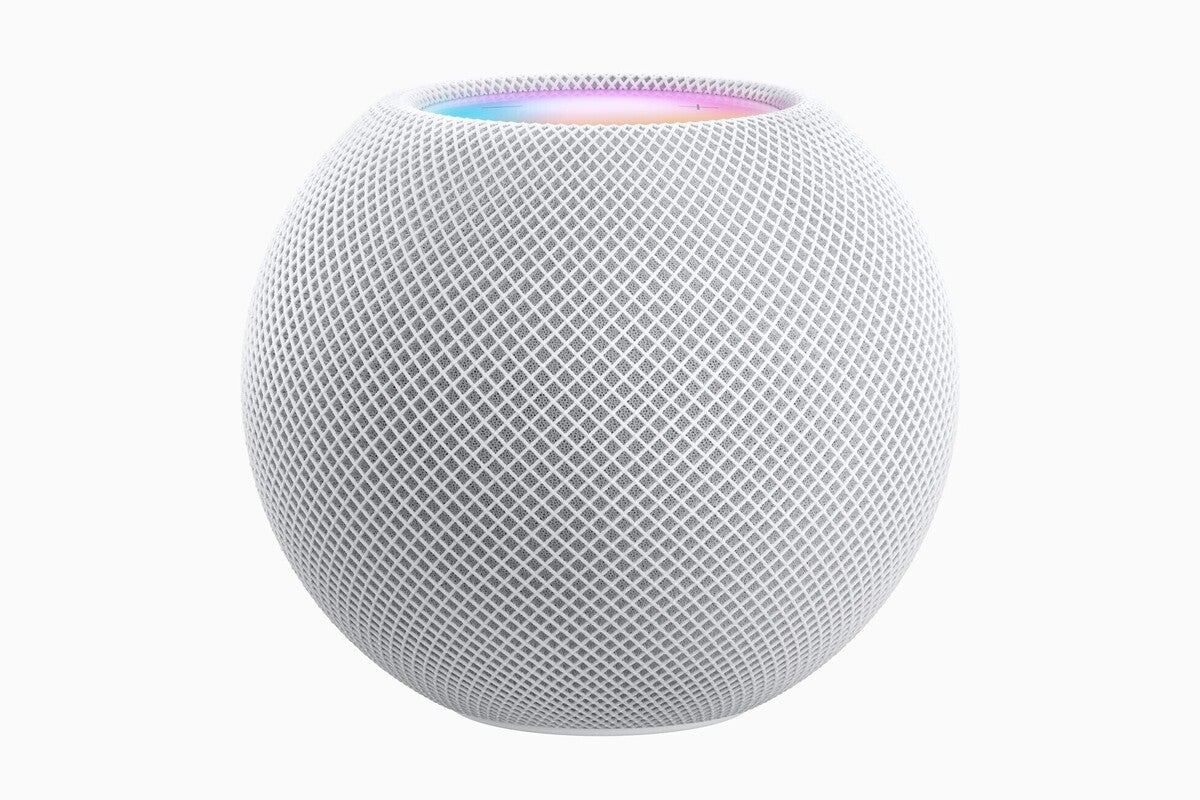

Step 4: After choosing the devices, tweak their settings (such as whether a light will turn on or off) and test the scene. Step 3: Tap “Add Accessories” to add the devices you want to include in the scene. (For example, a suggested scene called “Good Morning” will already include your smart lights and thermostat.) If you choose a suggested scene, remember that it already has devices and settings selected in it. You can also choose a custom icon for the scene (to the left of the name field). Keep in mind that the name of the scene will be the phrase you say to Siri to trigger it. Step 2: Enter a custom scene name or choose a suggested scene. Step 1: Tap the “+” button at the top-right of the Home app then tap “Add Scene.” Scenes let you group device changes under one name, such as "Good Morning" or "I’m Home." You can create a scene named "Goodnight," for example, so when you say “Hey Siri, goodnight,” your lights turn off, your front door locks, and your thermostat turns down for the night. The interface for creating automations is identical in both apps.) (As of the release of iOS 13.1 in September 2019, you can also create automations in the shortcuts app, which is another automation tool created by Apple.

If you keep this distinction in mind, it will be much easier to know when to create a scene instead of an automation and vice versa. Automations let you set it and forget it based on triggers or rules you establish through the Home app. The difference is that you activate scenes through Siri, but you don't do anything to activate automations. The options are “scenes” and “automations.” Having two approaches can be confusing because they essentially allow you to do the same thing. You can set them up to do so based on day/time, specific voice commands, and sensors.Īpple HomeKit lets you program your devices in two ways. To make your smart-home devices truly smart, it helps to program them so that they perform useful or practical actions. For example, if you’re setting up a smart thermostat, you might call it "bedroom thermostat" and assign it to the bedroom.Īfter that, your device will be set up and ready to control with Siri. Step 3: Once added, name the device and assign it to a room in your house.
#HOME CONTROL HOMEPOD CODE#
Step 2: Scan the HomeKit code with your iOS device’s camera or put your iOS device near the accessory for the wireless method. Step 1: Open the Apple Home app on your iOS device and tap the “+” button at the top-right of the screen then tap “Add Accessory.” To add your device to HomeKit, follow the steps below. If all else fails, reach out to the manufacturer for assistance. If you know the device works with HomeKit but can’t find its code, it might connect to your iOS device wirelessly if held close to it (you'll see a radio-wave symbol to denote that connection method). Check this list of compatible devices, maintained by Apple.Check for a HomeKit device code on the device itself, inside its packaging, in the user manual, or in the quick-start guide.Look for the Works with Apple HomeKit badge on the device or its packaging.

To serve as the hub, you can use an Apple TV, an iPad, or a HomePod that you leave-powered on and connected to the internet-in your home.Īs for your smart-home devices, you'll need to make sure they're HomeKit-compatible and have eight-digit HomeKit codes. You'll also want a HomeKit hub, which allows you to remotely control connected devices and run automations when your iPhone or iPad isn't present. You'll use that to set up and control your smart-home devices on the HomeKit platform. Both devices come with the Apple Home app installed. To connect smart-home devices to Apple HomeKit, and subsequently Siri, you’ll need an iPhone or iPad.


 0 kommentar(er)
0 kommentar(er)
